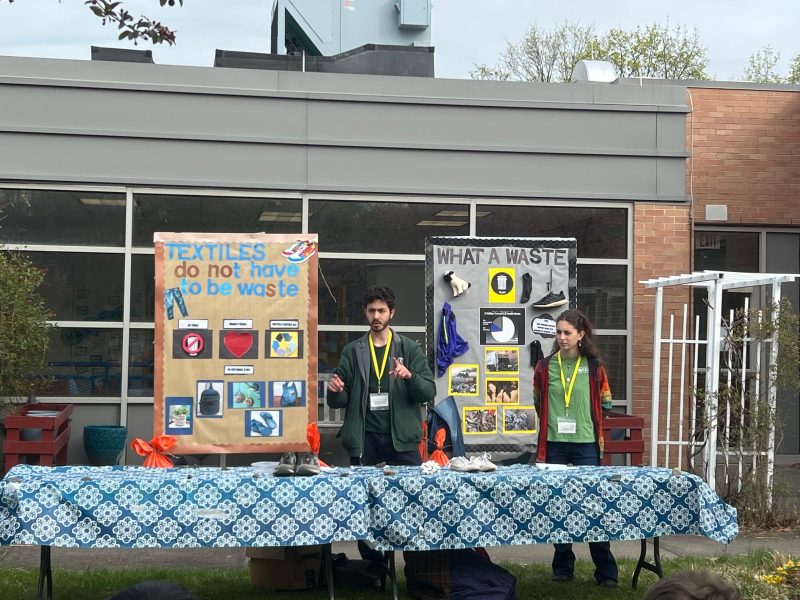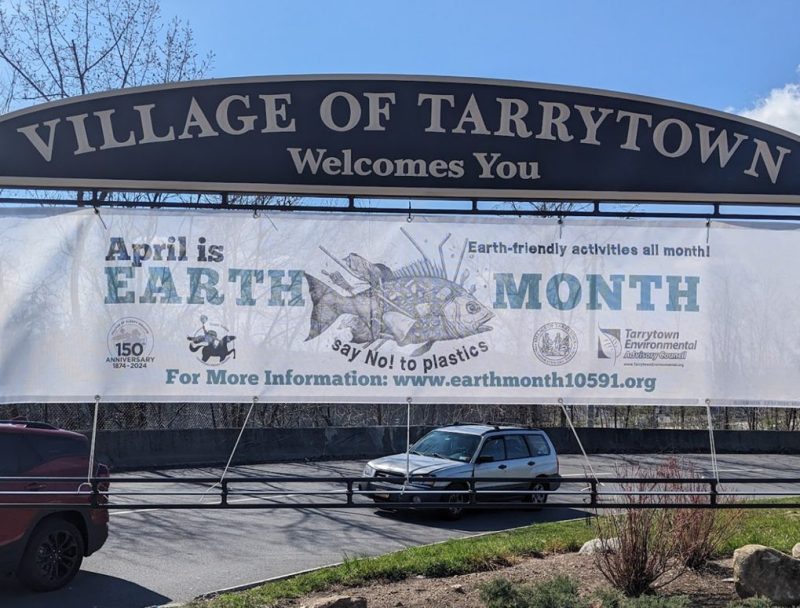
by Elaine Marranzano –
Today the Old Croton Aqueduct is a peaceful place for a stroll in the woods, but in 1842 it was the catalyst for the biggest change to hit New York City since the Dutch “bought” Manhattan from the Indians. By bringing “pure and wholesome” water to the smelly, disease-ridden city, this miracle of engineering transformed New York. The open sewer running down Canal Street would go away. The backyard privy and cesspits would gradually be replaced with indoor toilets. Private, often polluted, wells would give way to indoor taps and clean drinking water.
Now for the first time, a new exhibition shows in detail how this engineering feat to rival the Romans was accomplished. Sponsored by Friends of the Old Croton Aqueduct (FOCA), the exhibit of architectural drawings, many unseen since they were made, illustrations, maps and photographs show how the Croton Aqueduct made New York the Empire City.
“When Alice went into the rabbit hole and she saw the bottle that said “drink me,” she got very big. That’s what happened to the city with the aqueduct,” said Mavis Cain, president of the FOCA. “Everything changes with water, as we know from our gardens. The aqueduct cleaned up the city and made it grow.”
Curated by Tom Tarnowsky, a retired photo editor who spent 10 years researching the New York City water supply, the new exhibit includes about 25 images taken largely from the private collection of aqueduct chief engineer John Jerviz. Housed at the Jerviz Public Library in Rome, New York, the collection only recently became available to the public when it was digitized.
In some images, New York just doesn’t look like the city we know. An 1830s map shows a reservoir where the great lawn should be, bounded by streets and avenues instead of Central Park which didn’t yet exist. In 1842, instead of the New York Public Library at Fifth and 42nd Street, you would have found an imposing Egyptian-style stone structure big enough to hold the entire library building. This reservoir held water for distribution throughout the city. It was also a popular spot for a Sunday outing.
“People could climb a flight of stairs to the top and use the perimeter as a promenade,” said Tarnowsky.
Walt Whitman wrote a piece about the promenade in which he predicted you would be able to see for miles for decades to come. He had no way of knowing about skyscrapers.
A series of unfortunate events led people to agitate for clean water. With no water to put it out, a fire in 1835 burned 25 percent of the city. There was a deadly cholera outbreak in 1837. Those who could, fled. The mayor sent his daughter to Westchester and told her in a letter it was safe to come home when “only one hundred people died today.” The city was filled with lots of dirty, drunken people as residents attempted to sanitize their drinking water with alcohol.
“The Temperance Society were major agitators for clean water,” said Tarnowsky.
Water from the Croton River began to flow through the underground brick tunnels in Westchester, then through two 36-inch cast iron pipes across the High Bridge in the Bronx and finally into the City’s reservoirs on July 4th, 1842. A letter in the exhibit from a project engineer to his girlfriend described the water as it entered the 42nd Street reservoir as “meandering around, looking for a place to rest.”
The city celebrated with “Croton Cocktails” – tap water with a splash of lemon.
Just as Walt Whitman could not foresee the existence of skyscrapers, engineers could not predict the aqueduct would become obsolete after only 20 years.
“They thought it would last for 100 years,” said Tarnowsky. “But it became overburdened after only 20.”
In 1842, 20 million or more gallons per day supplied a population of 300,000. But by 1870, the need jumped to 100 million gallons a day. Today the city demands approximately one billion gallons every day.
Learning about the New York City water system fostered respect in Tarnowsky for the engineers who made it happen.
“On the surface, things look simple,” he said. “You turn on your faucet and water comes out. No one understands what it takes to make it work, and in 1842 New York, it was nothing short of a miracle.”
The exhibit titled “How New York Became the Empire City” is free and can be viewed at The Keeper’s House, 15 Walnut Street, in Dobbs Ferry. For more information, visit https://aqueduct.org or call 914-693-0529.
Read or leave a comment on this story... Print
Print
























